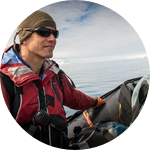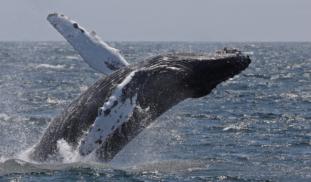Please wait...
About This Project
Humpback whales were once wrongly considered solitary. However, recent research has shown that they can develop complex and enduring social relationships when hunting schooling prey. These magnificent whales migrate thousands of miles between winter breeding areas and summer feeding areas with fluid social dynamics. Building from a database of thousands of North Pacific humpbacks, our goal is to uncover associations between individuals over seasons and years.






